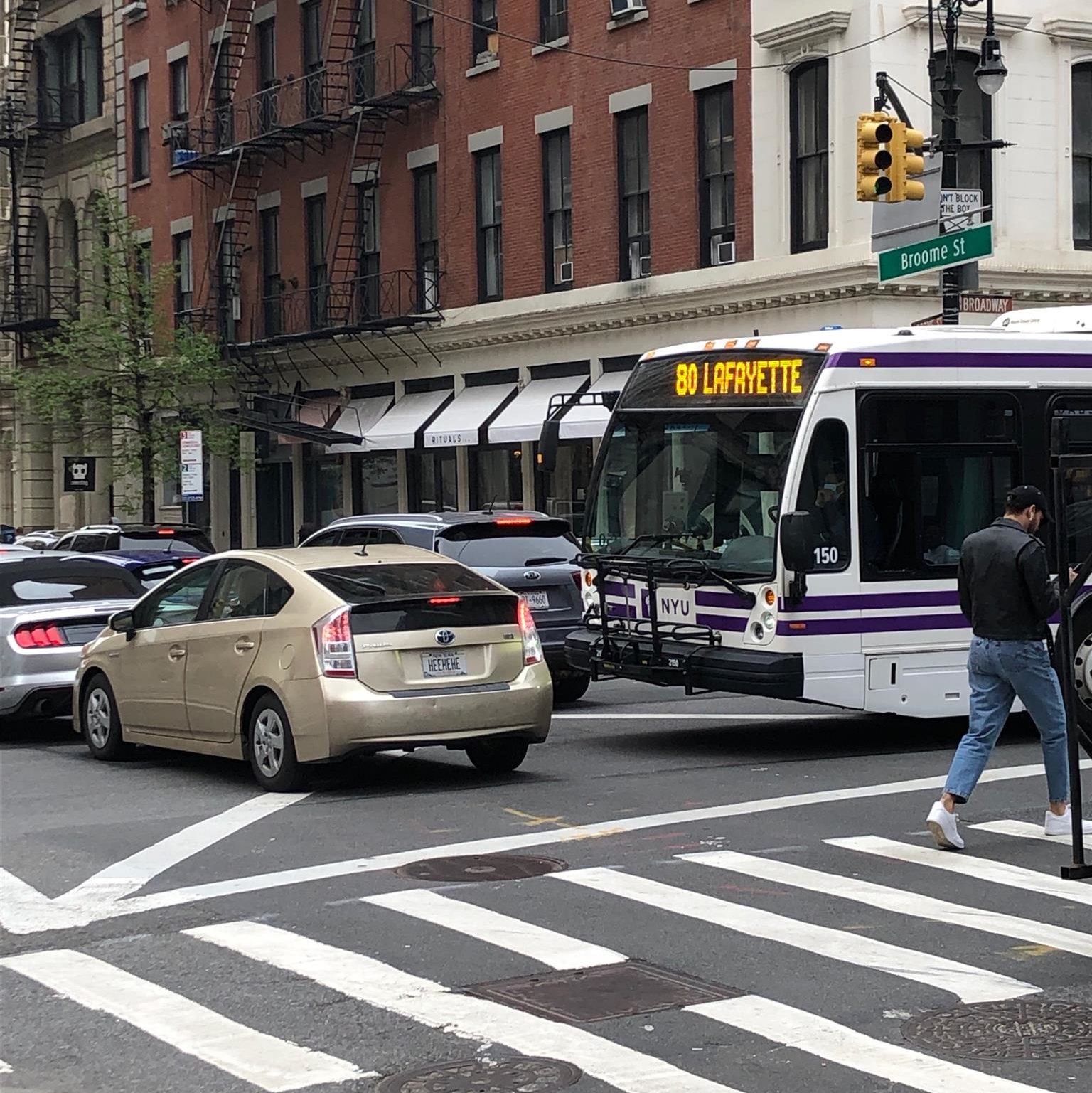As the covered in the past in this series, Downtown Manhattan would be very different had the Lower Manhattan Expressway been constructed under Robert Moses’ plan. The expressway was planned to connect the Holland Tunnel to the Manhattan and Williamsburg Bridges, cutting through the Lower East Side, Chinatown, and SoHo. The City Planning Commission approved the highway in 1941, citing need to “help relieve congestion on north-south streets by minimizing delays at heavily traveled crosstown streets, such as Canal Street”.

Community activists, most notably Jane Jacobs, advocated against the construction of the Lower Manhattan Expressway. The activist group was successful in upholding our community’s vibrancy and pedestrian culture—the LOMEX project folded in 1969 amidst community and financial pressures. While the project now serves as a footnote in urban planning history as a potential planning catastrophe, Lower Manhattan has failed to shake Robert Moses’ vision of it as a place full of cars. In the absence of the expressway, Broome Street and Canal Street continue to serve as major vehicular arteries that connect the Williamsburg and Manhattan Bridges to the Holland Tunnel. The buildings of Lower Manhattan’s iconic neighborhoods remain, but its streets have long been consumed by bumper-to-bumper traffic.

The above map, maintained by Spectrum NY1 News, tracks traffic patterns in New York City. During rush hour, it is not surprising to witness traffic at a complete standstill, often times resulting in cars sitting at stoplights for multiple cycles. The line of cars extend out from the Holland Tunnel, blocking crosswalks along Broome Street, Bowery, Canal Street, and Delancey Street. The experience of these areas become less than positive; pedestrians and cylcists are forced to weave in and out of cars, navigating the never-ending wave of automobiles. Buses are caught in the gridlock and adjacent residents endure incessant honking. While Moses’ expressway proposal was by no means the solution, little has actually changed in Lower Manhattan to solve the congestion issues that LOMEX was proposed to mitigate.

In response to Lower Manhattan’s congestion, the Initiative launched a Public Realm Vision and Framework Plan, process, to address goals surfaced during the Envision SoHo NoHo process:
Working with award-winning urban design firm Street Plans and Karp Strategies, an urban planning consultant that specializes in stakeholder outreach, the Initiative has been reviewing existing street conditions and considering proposals for improved street design. The Initiative’s goal is to to work toward creating a more sustainable SoHo Broadway community, prioritizing the pedestrian experience for residents, workers, businesses, and visitors.
Additionally, Lower Manhattan will be seeing the implementation of congestion pricing in the coming years, which will establish a toll zone below 60th Street. Tolls will provide much needed funding for regional rail, subways, and buses, generating an estimated $15 billion over a four year span. With more reliable public transportation options, relieved congestion, and tactical urban planning strategies, SoHo’s traffic may finally be addressed and street space can find new uses beyond being clogged with vehicles. Decades after the defeat of LOMEX, it is our hope that pedestrian-focused planning design and policy can finally reduce traffic and create a more pleasant, functionl, and beautiful street environment worthy of SoHo.